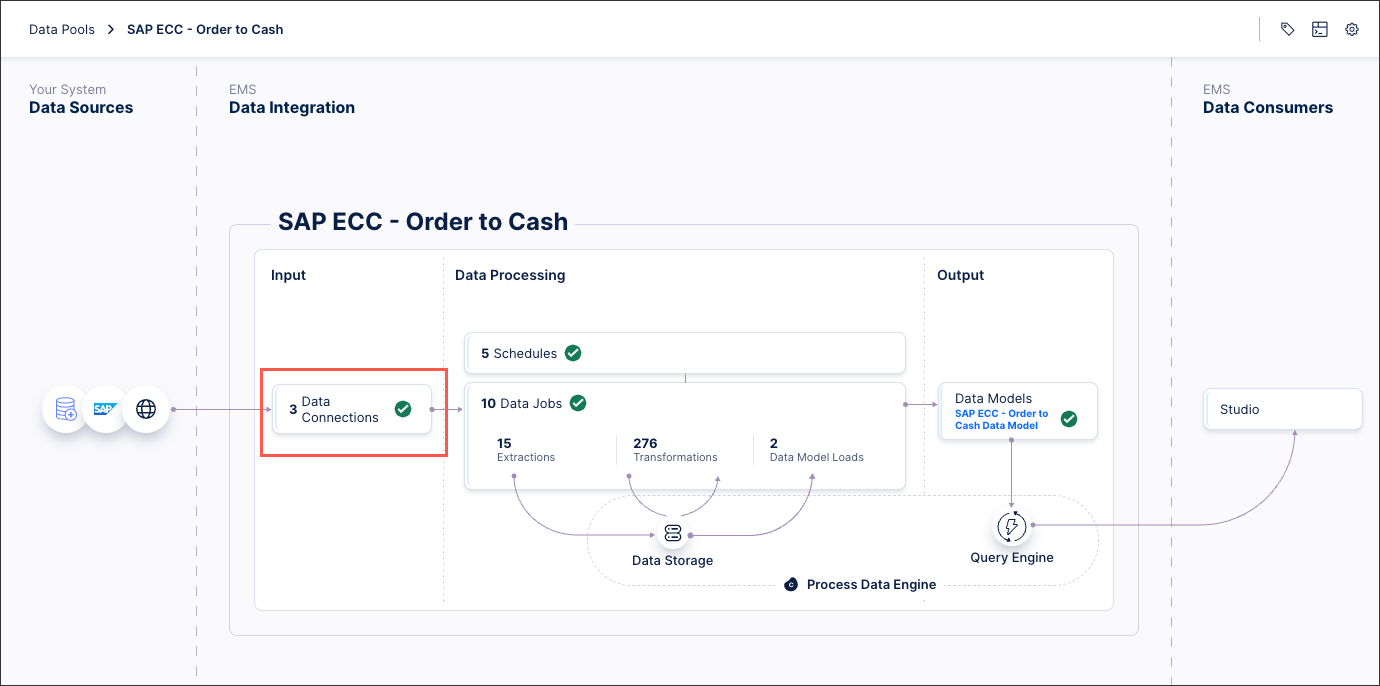On-premise clients (OPC)
Celonis on-premise clients (OPC) offer a secure way to extract data from external source systems and selectively access on-premise apps to perform predetermined actions. The OPC are a successor to our uplink-based extractors, providing a cloud based service that's a reliable and scalable method of connecting to your source systems.
Existing uplink configurations
Our uplink extractors are still supported and will be for the foreseeable future, meaning that your existing uplink configurations still work.
We recommend that you switch to our on-premise clients for all new installations where possible.
Benefits of using OPC
While your existing uplink extractor configurations are valid, we recommend switching to our OPC for the following reasons:
Improved reliability and scalability: With the processing of data being cloud based, the OPC service is quicker, more reliable, and has the ability to scale based on your demand.
Simplified setup: The same SAP connection can be used for both the SAP extractor and for the process automation, simplifying the setup considerably. In addition to this, Microsoft Visual C++ 2010 is no longer required.
Cloud updates: After installing the client (which acts as a passive mediator and carries no logic), orchestration and processing are managed by a cloud service. This means that in most cases, updates or fixes are cloud-based and are run by Celonis.
Migrating to OPC from uplink extractors
As on-premise clients are a new service, you need to configure them independently from your existing uplink extractors. We recommend that you keep your uplink extractors running while doing this configuration, allowing you to switch when you are confident that they are working as expected.
For effective data extraction from SAP, on-prem clients require the RFC module 3.6 or later. If you're already using the RFC, make sure to update it accordingly.
Once your OPC is running, you can switch the Data Connection in your data pools.
 |
Your uplink extractors can then be removed by uninstalling the Windows or Linux service.
Further OPC information
For more information about the Celonis OPC:
For an overview of OPC and their architecture, see: Overview.
For installation guides, see: Installing.
For frequently asked questions about OPC installation and configuration, see: FAQ.
And for troubleshooting your OPC, see: Troubleshooting.